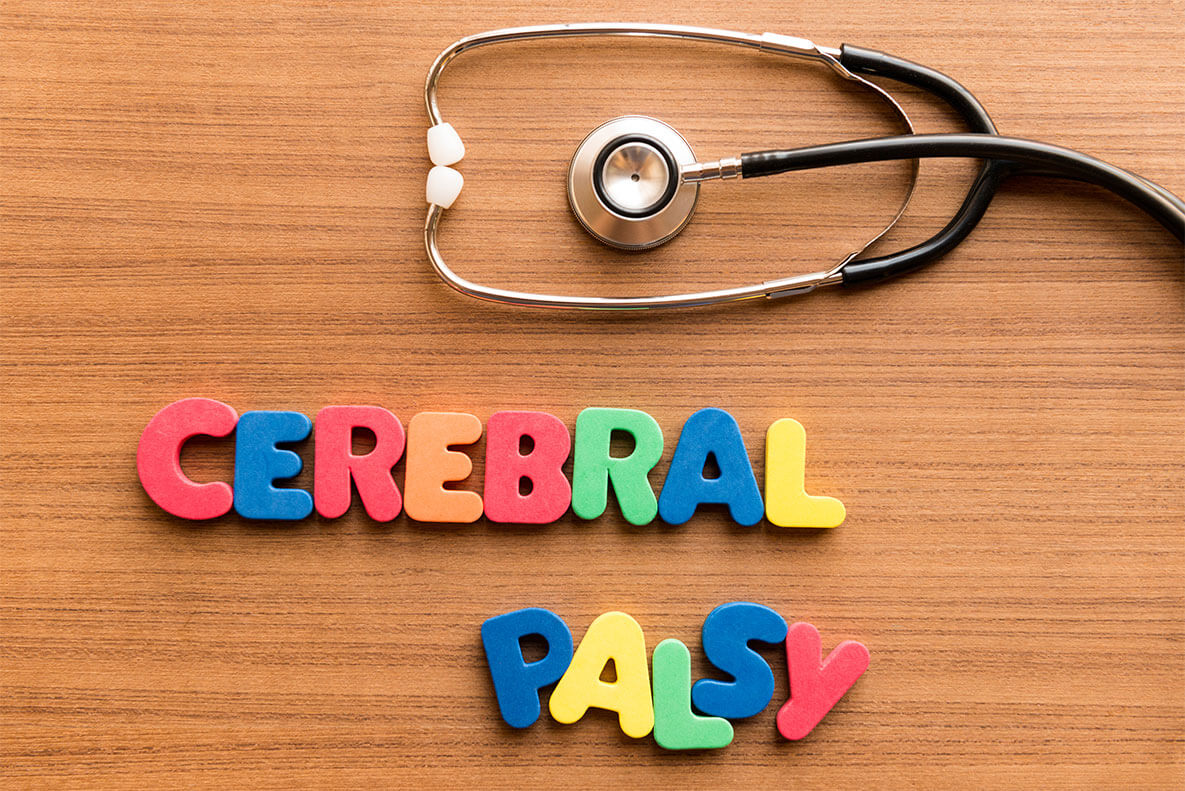Cerebral palsy is actually a group of disorders that all involve a specific type of brain injury. There are different incarnations of cerebral palsy. For example, dyskinetic cerebral palsy and ataxic cerebral palsy are different types of the disorder with their own unique characteristics. It’s very common for people who suffer from cerebral palsy to actually have more than one type of the disorder. The disorders are defined by their symptoms.
Understanding Brain Injuries
Brain injuries are among the very few types of injuries that the body can never heal. Brain tissue simply does not regenerate the same way the rest of the tissues in the body do. This means that a child that suffers a brain injury at birth will never actually recover from that injury. While this is obviously very disturbing to consider, one thing that parents can take comfort in is that the brain injury that causes of cerebral palsy does not get worse over time, either.
Because of medical technology, doctors can generally identify brain injuries fairly easily today. In the past, it was not that uncommon for a child with cerebral palsy to go undiagnosed until it became apparent that they were lagging behind in developing control their of muscles. Today, sophisticated testing and all-around better technology makes it much more likely that a child will be diagnosed sooner than they would have in the past.
Causes
Cerebral palsy is the result of a brain injury that occurs when the child is deprived of oxygen. There are also cases of cerebral palsy that result from their being too low a level of amniotic fluid in the womb when the child is developing. The brain injury specifically affects the part of the brain that controls the muscles, so the most significant effects are exhibited on the muscular system.
In some cases, cerebral palsy is the direct result of medical negligence on the part of the physician, a nurse, a healthcare provider or somebody else involved in the birthing process. In other cases, it is the result of an unavoidable circumstance during the child’s development that no one could have prevented. There are increasingly better options for treating this disorder, including innovative physical therapies, cutting-edge medications and other resources that can help people who suffer from cerebral palsy enjoy a richer quality-of-life and, quite often, help them to achieve a greater level of independence than they would be able to otherwise.

